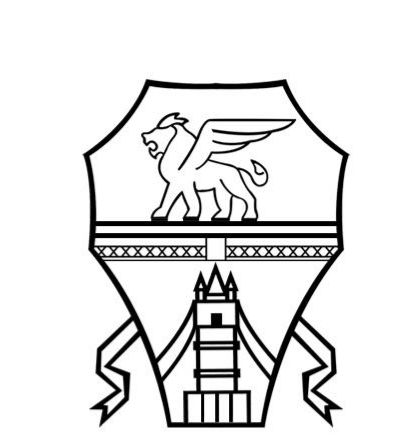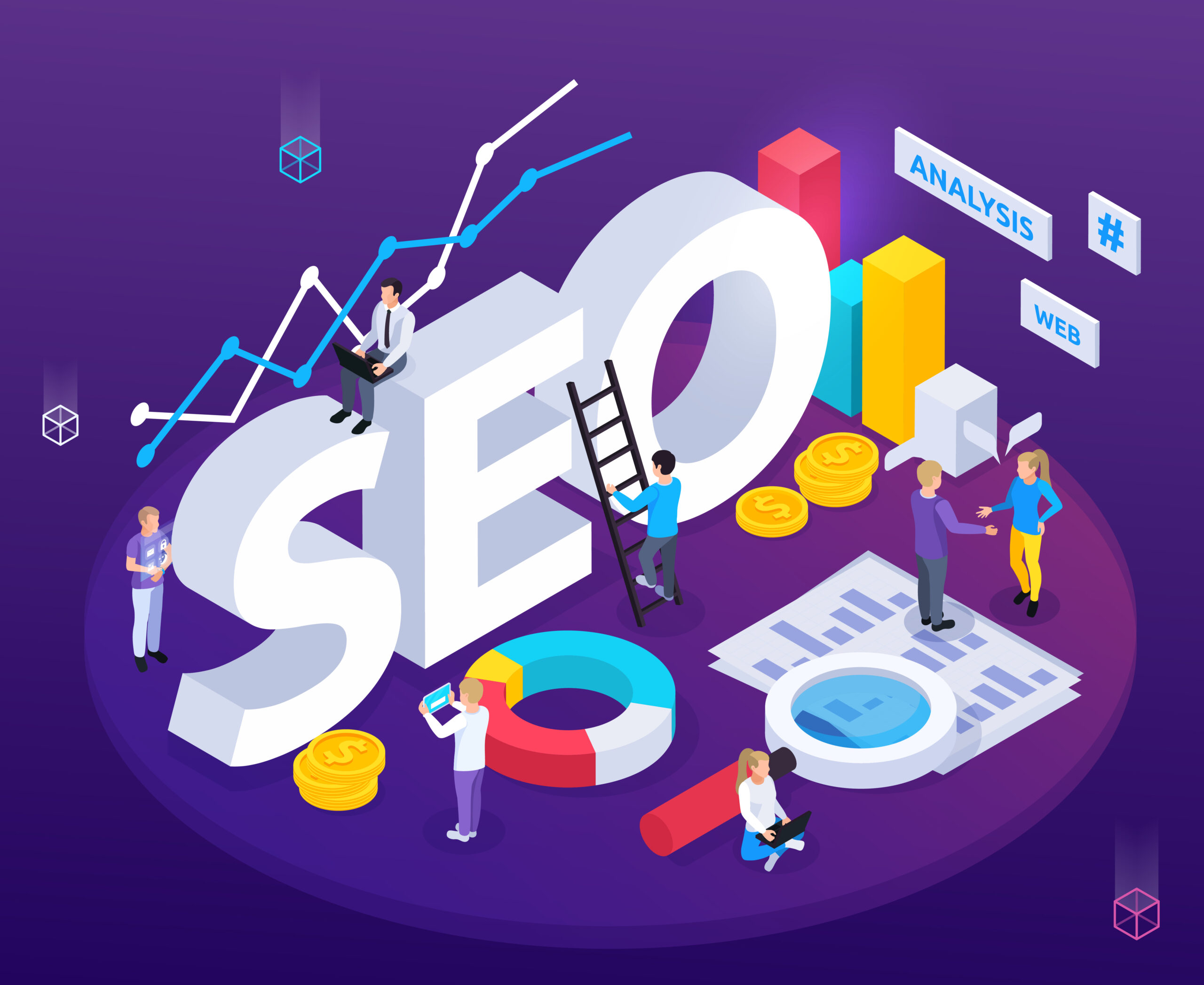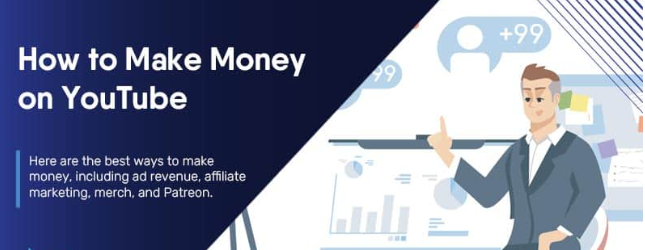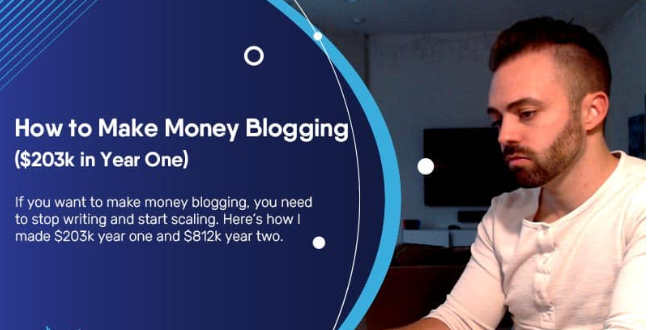Doing SEO means implementing and promoting your site to increase visits and therefore increase its visibility on search engines.
There are many aspects of SEO, from the words on the home page to the way other sites on the web link to yours.
Sometimes SEO is simply structuring your site to make it “understandable” to search engines.
But be careful, SEO is not just about making a portal attractive to search engines, it must also be towards the users who visit it, and both aspects must necessarily go hand in hand.
With this guide we want to describe the different areas of SEO, from searching for the correct terms and phrases (keywords) that generate traffic on your site, to making your portal more “friendly” for search engines, hoping to clarify a topic that will strokes can appear confusing and difficult.
Why does my site need SEO?
Most of the web traffic is driven by the major search engines: Google, Bing and Yahoo.
We could also speak directly of Google as it covers 80% of the web .
However, social media also plays an important role, since it occupies the second place among the most used means for research, by Internet users.
Search engines are unique in this sense, they target traffic, make users see what you offer.
They can be considered as roads that lead people straight to your site. This is why not being traceable to them means missing out on a great opportunity.
The “keywords” – the ones that are typed in the search box – are of great importance.
All this should not be underestimated in terms of image, marketing and promotion.
Why don’t search engines find my site if I don’t SEO?
Search engines are very responsive, but they always need help.
They are constantly improving to be able to explore the whole web in depth, but they still have limitations. SEO helps your site overcome those limitations.
A good SEO can get you a thousand more visitors, but a wrong move can bring your portal to the bottom of the search so that visibility is minimal.
Can i do SEO on my own?
The world of SEO is complicated, it is useless to hide it, but the basics are not so difficult to understand. Even a little knowledge of the basic rules can be very useful and make a difference in the management of the site.
Some guidelines can be found by doing a quick web search, combined with a little practice you could almost become a guru on the subject.
It all depends on how much time you want to dedicate to it, the willingness to learn and the complexity of your site. You can always rely on an expert at first, there are several figures who can support you and who can be found on the net.
The important thing is to have a solid knowledge of the fundamental concepts… and for this we are here.
The main points of intervention
FRESH CONTENT
“Content is the King!” it may be a hackneyed phrase but it is and will remain a must in SEO.
This expression simply means that you should never underestimate what you write and how you write on your site.
The content must be fresh, engaging, written in a way that can attract and intrigue the user.
Titles matter a lot. They must contain the so-called ” keywords “, keywords that will be intercepted by search engines and that will make it easier to find your site.
For this purpose, you could create, for example, a news section, where you can periodically post news about your business.
As previously mentioned, the text must be written in a simple way, therefore easily understandable, being careful not to create forcing to insert the keywords at all costs.
Always respect the copywrite , that is, do not copy pasted texts that you find on other sites. This behavior can be severely punished by relegating your site to the latest search engine entries.
It goes without saying that in order for the content to stand out, the architecture of the site must be user-friendly. That is, the portal must be intuitive and easily navigable so that the information can be all at hand and that the user does not have to go crazy to search for basic information.
KEYWORD DENSITY
The Keyword Density remains today an important aspect to consider.
It has long been touted as an important means of getting high rankings, probably because, as a concept, it’s much easier to explain to SEO laymen.
There are many users who have fallen for it, and among those (we are not ashamed to admit it) we have been there too.
First of all, by Keyword density we mean making the same word, defined as “key” appear several times within a page.
The more times a word appears on a page, the higher the keyword density value will be for a given positioning term.
In reality this is not the case.
All this seems not to have the slightest value, as the last use of this technique dates back to old algorithms that went out of fashion in the 70s and then fell into disuse.
We can therefore admit that Google does not allow itself to be duped by the number of words that appear on certain pages of your site and that the complexity that characterizes search engines is much higher and relies on different formulas that do not include an ancient tactic such as that of keyword density.
ABOVE THE FOLD CONTENT
That is the content that a browser displays before the user has to scroll to read other text.
It is very important to focus the attention of users (and search engines) on what is at the top of the page we are viewing, so that anyone who visits your website can understand exactly what we are talking about and what what type of product we have, giving at first glance all the necessary information.
We always keep in mind that the success or failure of a page is judged by a user in the first 3 seconds it is loading on the screen.
The code that is used to redirect the page to be evaluated positively by search engines, should “send” the content to the user vertically, starting from what is displayed immediately and gradually filling the page up to the end of it.
In the case of articles from an online newspaper, the headlines, text and content image of articles that are more recent should be submitted first than those with a past date. It is a good idea to load the plugins / widgets / modules of your CMS after loading the main content, postponing them as much as possible.
One of the most frequent mistakes that are made is to insert Javascript code at the beginning of the page, code that may be used to show an advertising banner or a module / plugin that is not relevant to the final appearance of your portal.
This javascript should therefore be moved to the bottom of the page.
For users of WordPress or Joomla it is possible to find many modules online that deal with analyzing and solving this type of problem.
IMAGE SIZING
Images represent an important point in search engine optimization.
The basic concept is always SPEED. The smaller an image is, the quicker it will be to load, so it is of fundamental importance that all the images that are used on your website are minimized through the use of specific tools (photoshop, online tools, etc.) and on each called HREF it is necessary to specify the dimension tags so as to anticipate to the browser how big the image will be to load together with the ALT tag to define its content
Example:
<img src = “shellrent.png” alt = “Shellrent” height = “42 ″ width =” 42 ″>
SOCIAL NETWORK
An important help in indexing is given by the presence on social networks, which in recent years have become indispensable tools for a company in its relationship with the customer.
They are the only tool that guarantees rapid communication and a valid help for customer care, therefore not to be underestimated.
For those interested, we recommend reading some publications relating to social media marketing to understand how to best manage their social profile, drawing interesting ideas.
From an SEO perspective, the more social activity is able to evoke a particular content by favoring its sharing (more like, retweet, +1 on Google Plus, etc.) the more this content will acquire value in terms of search and site traffic.
Pay attention to the fact that each Social has its own rules . Learn and use them.
For example, #ashtags are indispensable on twitter, superficial on facebook, completely useless on Linkedin.
The more you know how to use your profiles, the more you will be appreciated by users who will follow you more willingly and this can only have positive implications.
Don’t underestimate Youtube .Videos are among the most shared media, so if you have video material that promotes your business, create a Youtube channel.
The main factors that favor its positioning are the Backlinks (links pointing to your channel), Embeded (embeds on your site), sharing on other social networks.
Each video must be tagged, as well as the description of the same must be accurate.
In addition, to increase user loyalty, intervene on the viewing time and organize the contents in playlists in order to make them more usable.
SITE ARCHITECTURE – RESPONSIVE DESIGN
“Responsive”, in English, is the equivalent of “adaptive”.
A web portal, to be considered a well-designed site, must be designed, structured, developed in order to respond to specific needs, thus adapting to the user’s environment.
What does it mean?
Simply that, when the user switches from his PC to an iPad, the site should automatically respond to the new resolution, change image size and script-based interactions.
In other words, a site should implement all those technologies useful for automatic adaptation to user preferences, making it user-friendly.
When developing a site, fundamental factors such as the width of the screen, the platform and the orientation of the device must be taken into consideration.
Please note that a responsive site is therefore not a site designed for mobile devices .
The ease of navigation of a well-organized site that can be consulted from mobile devices is highly appreciated in terms of SEO, and obviously also by Google.
Its implementation is certainly a bit more complex, but when you commission your site to a webmaster, we advise you not to take this point lightly and make sure that it is respected.
JAVASCRIPT MINIFICATION (Javascript Minify)
After having dealt with the usability of the site in terms of architecture, content and speed, let’s move on to a little more technical precautions, which always serve to improve your portal making it attractive to search engines and obviously also to users.
Minifying or minimizing the Javascript code is a decisive action in SEO and is carried out on all web applications.
The minification techniques allow you to execute the Javascript code in “order of request” so as not to send too much code to the browser, which would otherwise be forced to execute it on the spot and therefore delay the display of the page itself.
In this process, all unnecessary characters contained in the code are removed without changing its functionality.
The most frequent characters that can be eliminated are spaces, blank lines or comments that are inevitably inserted by those who create the code.
On the net you can find many code “optimizers”, especially for javascript scripting. These tools are able to eliminate all unnecessary characters and keep the functionality of the code intact.
WHY IS USING A CDN IMPORTANT?
A CND , or Content Delivery Network, is a tool that is often underestimated by many webmasters, sometimes because the project is not up to par or because of the costs that the use of this structure uses.
Thanks to this tool, the website, or the client’s application, is hosted on different servers, located in geographic points of the planet that cache the most requested files.
In this way, at the time of the request, the files will be provided in a faster way without reading to disk.
Many times the image files, css, php scripts are arranged on different machines set ad hoc to promote the content on the network in the fastest and most effective way possible.
With this tool the page loading speed increases significantly.
Faster pages correspond to a happier user who can quickly access the information he requests and therefore, in the case of an ecommerce, get to the purchase faster.
INCOMING LINKS
Inbound links (those links that other websites make to yours) play a decisive role in the ranking of your pages.
Search engines initially interpreted these links by increasing the popularity of the website that was called up.
Today things have remained the same for good or bad, with the difference that the importance is attributed to the linked page and not to the entire website.
The rule therefore always remains the same: the more incoming links to your site there are the more the site will grow in popularity , always paying close attention to the fact that these links come from reliable websites and above all inherent to what we are talking about.
If ours is a blog about cooking recipes, a link from a gardening portal will be of much less importance.
If the link instead comes from a site on the beneficial properties of cocoa, it will have a decidedly different weight.
It is of fundamental importance that incoming links are never made to the home page but directly to the page of origin so as to make the search engine understand what we are talking about and why this content is actually important.
There are many tools on the net for analyzing links, including our favorite: Moz’s OpensiteExplorer.
It analyzes all the contents and links on the engines giving a sort of “rank” and comparison with other websites, thus helping to analyze why other sites appear on the serp before yours.
The points to be treated would still be many, however, if you can take into account those reported in this guide, you can achieve a lot in terms of indexing and we assure you that the results will be visible.
In this regard, the return of adopting these policies does not have an immediate effect. Many times you have to wait months for your site to rise in search engine rankings. This is why constancy is the attitude that is the master in this area.
That said, we wish you good luck for your online business!




